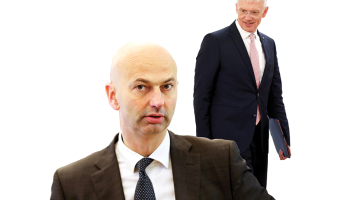
Ilustratīvs attēls no pixabay.com
Anyone who claims to know the full consequences, politically and economically, of the Corona crisis is delusional. Nobody knows, period. But that it will be costly is 100% certain.
It also accentuates rifts we already see in the European Union, in particular between northern and southern EU countries. Parts of southern EU is severely hit by the corona virus (Italy, France, Spain) while e.g. Greece is much less hit – but still risks massive economic fallout due to its very large tourism sector. Much bigger costs thus loom in the south than in the north, although northern countries are taking a massive hit, too.
What about the money?
The Prime Ministers of nine, predominantly, southern European countries signed a letter on 25 March 2020, asking for a common debt instrument, also known as “corona bonds” – in other words, debt mutualization, a common euro bond for all countries to issue (and with a AAA-rating secured by the participation of safe northern countries).














